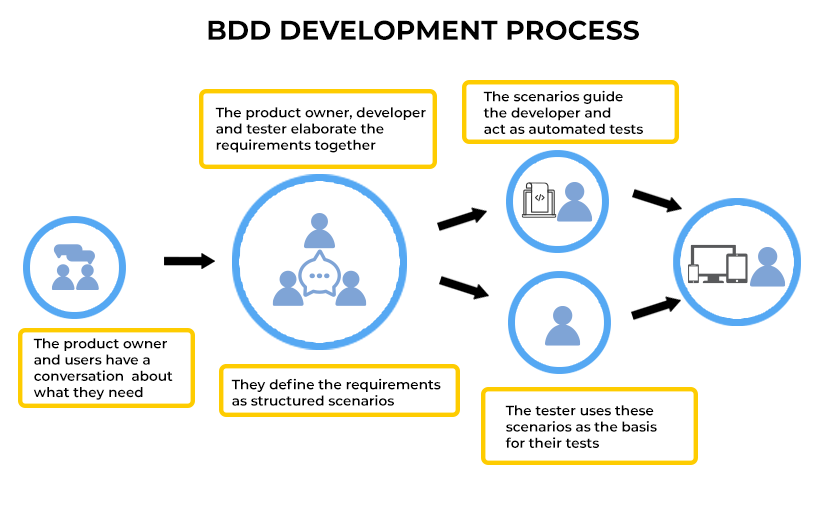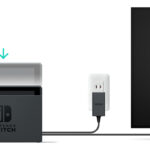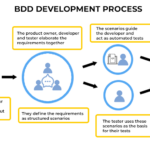Today, let us explore the intricate interplay between two widely known software development methodologies – Agile and Behavior-Driven Development (BDD). Despite their differences, Agile and BDD share a common goal: to improve the software development process through increased collaboration, transparency, and quality. BDD is an extension of the Agile methodology, offering a more thorough approach to testing and user acceptance. By incorporating BDD into Agile, teams can work more efficiently and produce top-notch software that fulfills their customers’ needs and expectations. But what is the relationship between these two?
Benefits Of Agile Methodology
By understanding what behavior-driven development is and how it is related to Agile methodology, organizations can create digital products that are of higher quality and are delivered faster. Agile methodology has earned prominence in software development due to its numerous virtues and benefits. The methodology is distinguished by its capacity for flexibility and adaptation while emphasizing the provision of incremental and iterative development that adds value for the client.
It is necessary to recognize how quick and adaptable the agile methodology’s response time is. Agile teams work in brief, concentrated sprints that allow them to change course and adapt to the project’s changing requirements. Due to this, a methodology is produced that is incredibly responsive and quick to adapt to change—qualities essential in the current fast-paced software development environment. This results in shorter development cycles and faster customer feedback responses.
The emphasis on cooperation and communication is another advantage. Agile teams closely collaborate to ensure everyone is on the same page and pursuing the same objectives by conducting regular check-ins and reviews. As a result, the team functions more cohesively, morale is higher, and the project has better results.
Continuous improvement is a vital component of the agile methodology. Teams are urged to evaluate their performance and pinpoint areas for improvement, fostering a culture of learning and development. This results in better team performance and higher-quality work.
Additionally, the agile methodology promotes a customer-centric outlook. Teams can ensure that the finished product satisfies the customer’s needs and expectations by concentrating on providing value to the customer through iterative development. Customer satisfaction increases as a result, and business performance improves.
Benefits Of Behaviour-Driven Development
With a myriad of benefits, BDD is capable of significantly transforming the software development process. The cooperative nature inherent in BDD enables team members to reach a common understanding of the requirements and objectives attached to a feature by writing tests in plain language. Consequently, it guarantees that each team member works towards attaining identical goals. Additionally, it eliminates wasted effort and work as teams can develop more productive tests while focusing on the system’s real behavior instead of just testing individual functions.
There are several advantages to using BDD as a development methodology, such as quicker delivery of high-caliber software and greater efficiency during the process. Moreover, BDD encourages shifting one’s mindset from testing exclusively to holistically focusing instead on quality control. The team can prioritize overall software quality by regarding testing simply as one component of comprehensive assurance procedures throughout development.
Consequently, this method allows for prompt identification of any problems that emerge during development, leading to fewer imperfections in the finalized product.
Relationship Between Behaviour-Driven Development And Agile Methodology
One can find themselves inundated with numerous approaches and methodologies regarding software development. Each of these has its unique way of handling the development process, thereby expanding the realm of possibility for an organization. A prime example includes Agile and BDD methodologies. These methodologies, while distinct, have some glaring overlaps that make them a match made in heaven.
Agile methodology focuses on teamwork, adaptability, and iterative development to produce high-quality software in a hurried setting. Agile ensures that everyone is on the same page and that the software satisfies the needs of its users by involving stakeholders in the development process. This concept helps ensure that every individual involved in the software development process can precisely comprehend what actions specific features are intended to execute. It also singles out the importance of communication between team members and adaptability. Thus, implementing BDD into Agile further enhances this focus on clear communication and increases collaboration among team members.
Such incorporation ultimately leads to more satisfied clients due to improved outcomes. Agile development stands to gain significant advantages from BDD, among them streamlined testing processes. Automating BDD test cases reduces both effort and time spent on testing, resulting in more rapid problem-solving and quicker delivery times for high-quality software.
Conclusion
Behavior-Driven Development and Agile Methodologies are highly related and complementary to each other. BDD is a technique that helps to align the development process with business requirements; Agile is a development approach that prioritizes customer satisfaction and adaptability to change.
By adopting BDD principles within an Agile framework, teams can ensure that their software development aligns with business goals while delivering high-quality products that meet customer needs. Integrating BDD into Agile methodology can help teams reduce rework, improve communication and collaboration among team members, and deliver products that meet customer expectations.
Author Profile
Latest entries
Technology2023.04.20How To Connect Roku To TV? Easy Guide To Follow
Technology2023.04.20How to Connect Nintendo Switch to TV? (With and Without Dock)
Technology2023.04.205 Best Barndominium Design Software (DIY & Professional)
Technology2023.04.20What Is The Relation Between Behavior-Driven Development And Agile Methodology?




